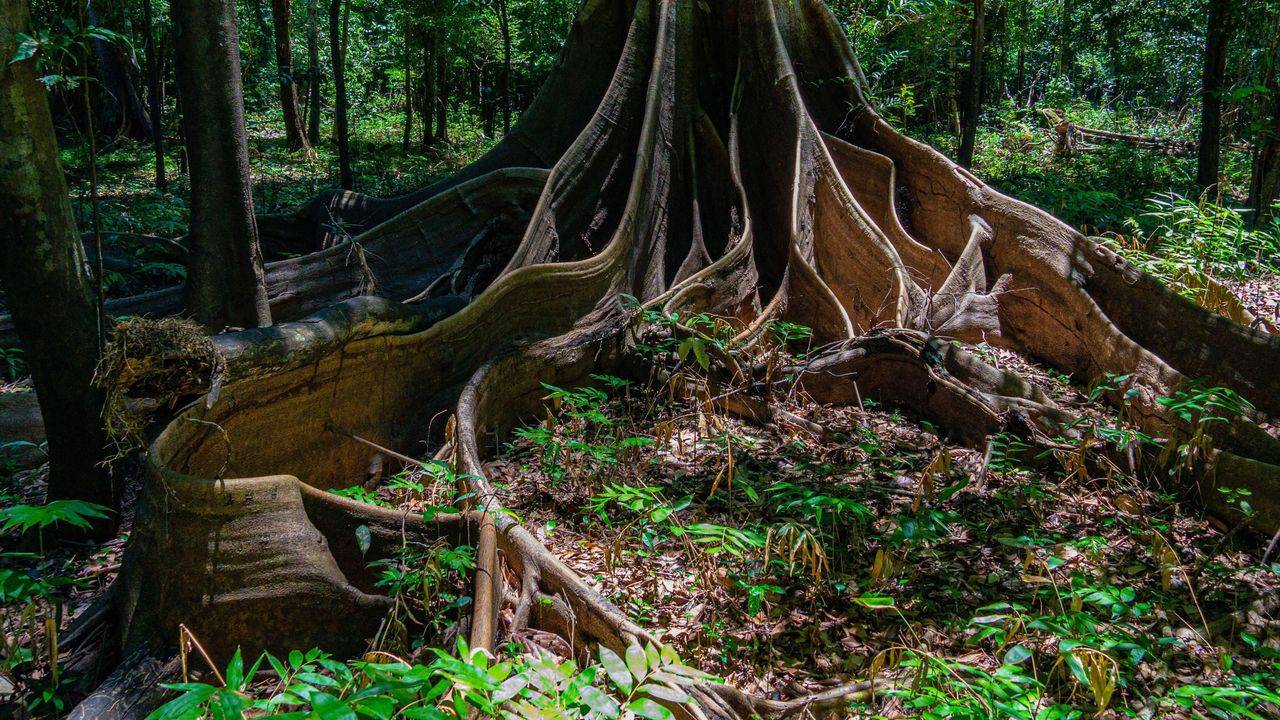Trees have long been a source of fascination for humans. These ancient giants have stood tall for millennia, silently witnessing the passage of time and the unfolding of history. From the majestic bristlecone pines of California's White Mountains to the towering Patagonian cypress of Chile, trees hold secrets and stories that span centuries.
Beyond their majestic presence, trees play a vital role in sustaining life on Earth. They provide oxygen, food, shelter, and habitat for countless species. Their intricate networks of roots, branches, and leaves support complex ecosystems, influencing local climates and weather patterns.
One of the most remarkable aspects of trees is their ancient history and remarkable longevity. Some trees have stood tall for millennia, witnessing the rise and fall of civilizations. The oldest known living tree, Methuselah, is a 4,855-year-old bristlecone pine found in California's White Mountains. This ancient giant has seen the dawn of agriculture, the rise of empires, and the passage of time etch its mark on the world.
The Grand Abuelo, a Patagonian cypress in Chile, is another notable example of ancient tree longevity, with an estimated age of 3,000 years. The Angel Oak, a live oak in South Carolina, has stood for 1,500 years, while the Llangernyw Yew in Wales is believed to be around 4,000 years old. These trees have endured centuries of environmental changes, human conflict, and natural disasters, holding secrets to understanding resilience, adaptability, and the intricate relationships between living organisms.
Trees also possess complex communication systems, utilizing networks of roots, fungi, and microorganisms to share nutrients and resources, warn each other of potential threats, and coordinate defense strategies. Research has shown that trees can even recognize and respond to the presence of family members, favoring their kin with nutrient sharing and protection.
This complex network of relationships extends beyond trees themselves, supporting entire ecosystems. Trees provide habitat for countless species, from the tiniest insects to the largest mammals. Their leaves, bark, and roots influence local climates, regulating temperature, humidity, and precipitation patterns. Forests act as massive carbon sinks, absorbing and storing carbon dioxide.
The role of trees in human culture is equally profound. They represent wisdom and knowledge, strength and resilience, renewal and rebirth. Trees have inspired art, literature, and spirituality throughout history. From the Tree of Knowledge in biblical tradition to the Cherry Blossom in Japanese culture, trees hold deep symbolic meanings.
In many ancient cultures, trees were revered as sacred beings, embodying the connection between heaven and earth. The Celts believed trees held the power of the divine, while Norse mythology described the World Tree, Yggdrasil, as the axis of the universe. These ancient beliefs reflect a profound understanding of trees' importance in sustaining life.
Despite their importance, trees face numerous threats. Deforestation and habitat destruction have devastated forests worldwide, contributing to climate change, biodiversity loss, and soil degradation. Climate change itself poses significant challenges, as altered temperature and precipitation patterns disrupt delicate ecosystem balances.
Invasive species and diseases also pose significant threats. The emerald ash borer, for example, has decimated ash tree populations across North America, while Dutch elm disease has ravaged European elm populations.
To combat these challenges, conservation efforts focus on reforestation initiatives, sustainable forestry practices, urban forestry integration, and protection of ancient and endangered tree species. Organizations like the Arbor Day Foundation and the Tree Council work tirelessly to promote tree planting and education.
Individuals can also make a difference. By supporting reforestation efforts, choosing sustainable wood products, and caring for trees in their own communities, people can contribute to the preservation of these natural marvels.
Trees stand as testaments to resilience, adaptability, and interconnectedness. Their secrets and stories hold the power to inspire and transform us. As we face environmental challenges, it's essential to recognize the vital role trees play in sustaining life. By exploring their mysteries and promoting conservation, we can ensure the continued thrival of these natural marvels.
In conclusion, trees are far more than stationary objects; they are dynamic, living beings that have shaped the course of human history and continue to sustain life on Earth. Their stories, though silent, hold the power to inspire and transform us.
As we move forward in our relationship with trees, it's essential to recognize their intrinsic value. Trees are not merely resources or commodities; they are living beings deserving respect, care, and protection.
By embracing this perspective, we can foster a deeper connection with nature, recognizing the intricate web of relationships that binds us to the natural world. In doing so, we ensure a future where trees continue to thrive, supporting life on Earth for generations to come.


